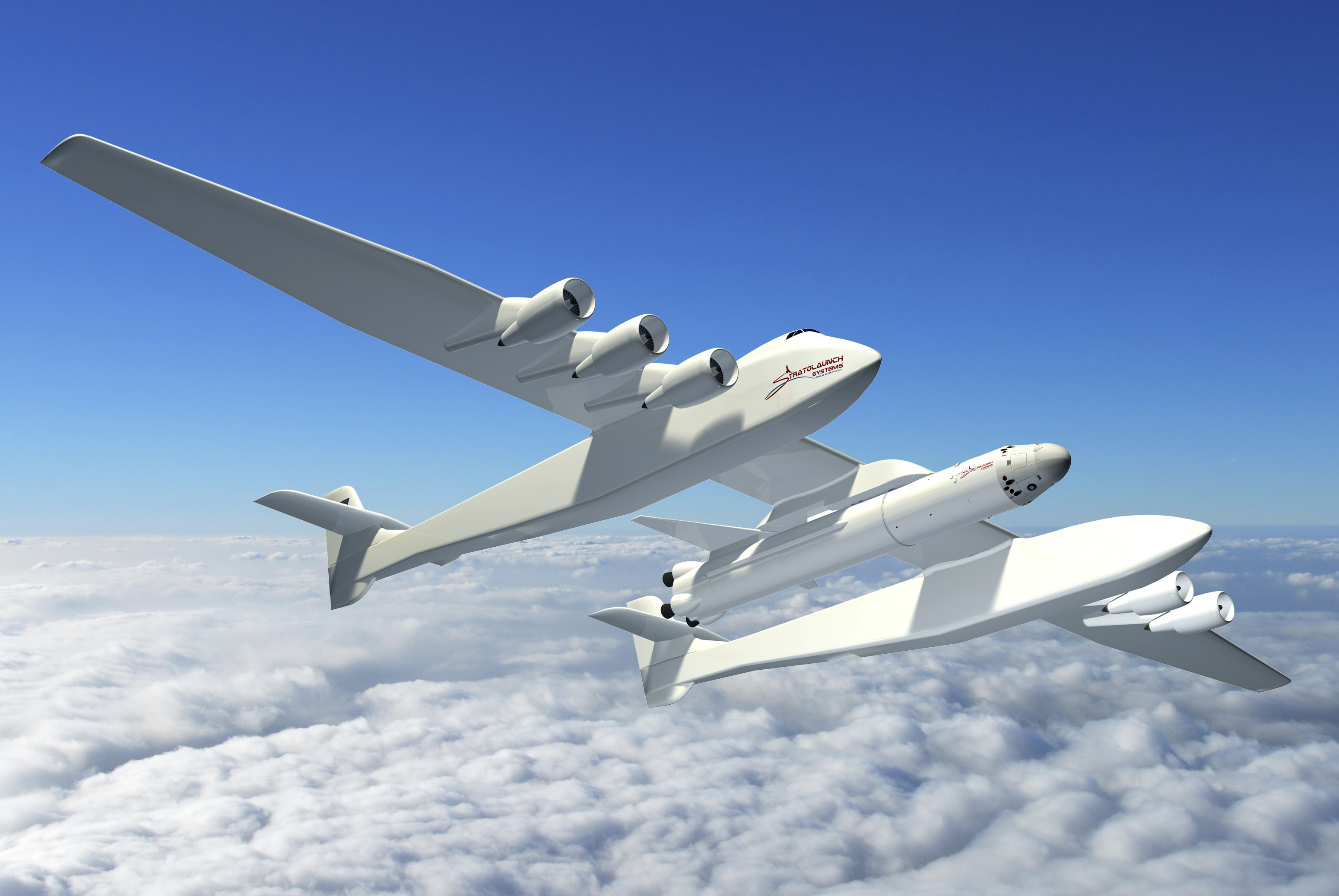Curious Kids: How exactly does a spaceship get into space?
"How exactly does a spaceship get into space?" – Mathilde, age 5, Sydney

"How exactly does a spaceship get into space?" – Mathilde, age 5, Sydney
Hello Mathilde, thanks for this great question! It isn’t easy to get to space, and there are a few steps to it. First, let’s think about where "space" itself actually begins.
Well, some time ago, a number of experts decided on one point above us as being the point where "space" begins. They marked it with an invisible line called the Kármán line.
This line goes all around the Earth and is about 62 miles (100 kilometers) above us. To help you understand how high that is, a normal aircraft flies only about 6.2 miles (10km) above the ground.
Related: What is Space?
Could we take a plane to space?
There are many reasons we can’t just use an aircraft to get into space. A major one is that the higher up we go, the less air there is – or specifically the less “oxygen” there is in the air.
The engine is what helps the aircraft fly. And just like car engines, aircraft engines need oxygen to work. Thankfully, the air we breathe is made up of 21% oxygen (although you can’t see it)!
Get the Space.com Newsletter
Breaking space news, the latest updates on rocket launches, skywatching events and more!
Aircraft suck air in at the front, using big fans on either side. They then mix this air with jet fuel, creating a mixture of fuel and oxygen which is then burned, making the air hotter. The hot air is then shot out the back at a very high speed – pushing the aircraft forward.

But an aircraft trying to fly too close to space, where there isn’t enough oxygen, would be like a person trying to breathe in a room with no air in it.
This is why we need rockets to get to space. The big difference between rocket engines and jet engines used in aircraft is rocket engines do not need to get oxygen from the air. Instead, they carry their own oxygen with them.
In some ways this is bad, since rocket engines have to carry something that an aircraft can easily get from all around it. That means there’s less room on a rocket for other cargo, such as passengers and luggage.
But on the bright side, being able to take oxygen along for the journey means rockets can work in space, much higher up than where most aircraft fly.
How does a rocket engine work?
Similar to an aircraft’s jet engine, rocket engines work by shooting very hot gas out from the back of the rocket. As the gas is pushed backward, the rocket is pushed forward.
This is an example of a rule in science called the Third Law of Motion, first discovered by a famous scientist named Isaac Newton. This law says that every action has an equal and opposite reaction.
You can even make a very basic "rocket" at home with some help from an adult! If you get a balloon, blow it up, and let it go without tying off the end, the air inside will shoot out and send it flying around the room – just like a very badly controlled rocket!
This article was originally published on The Conversation.
Follow us @Spacedotcom, Facebook and Google+.
Join our Space Forums to keep talking space on the latest missions, night sky and more! And if you have a news tip, correction or comment, let us know at: community@space.com.









